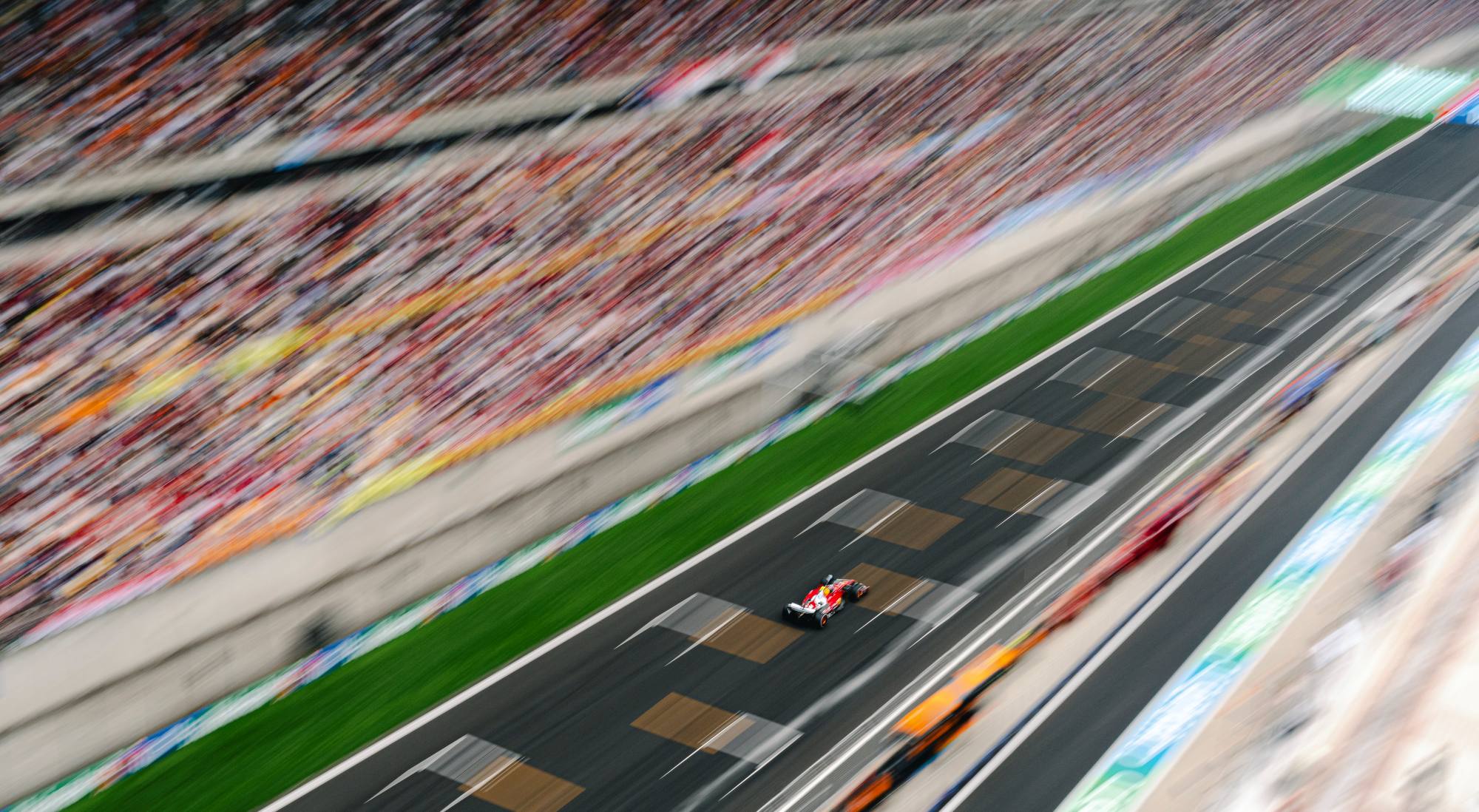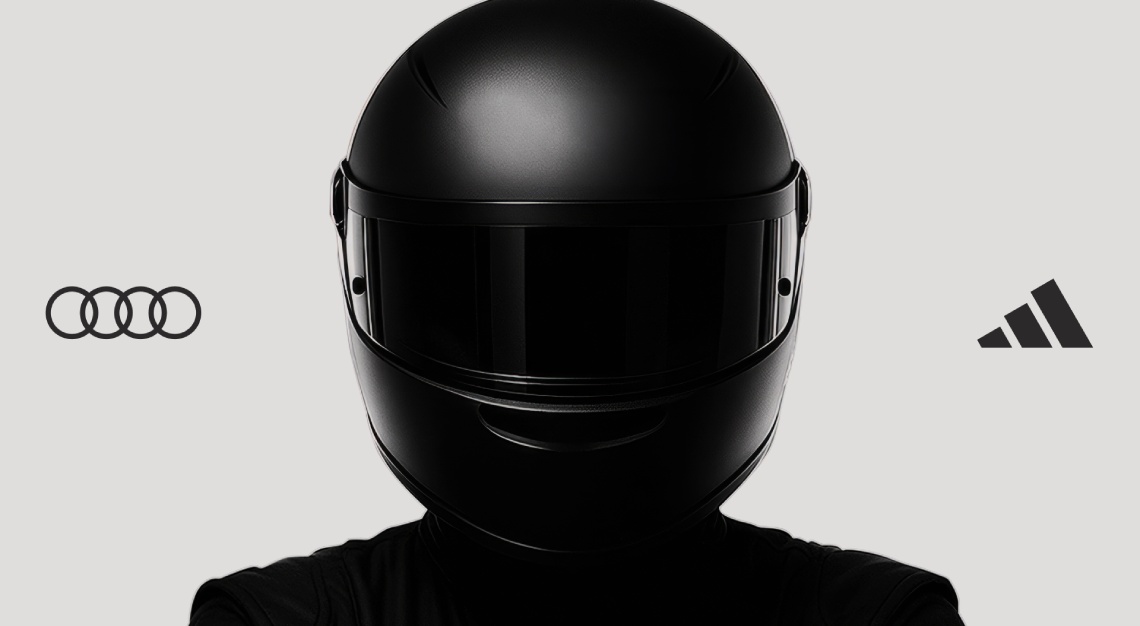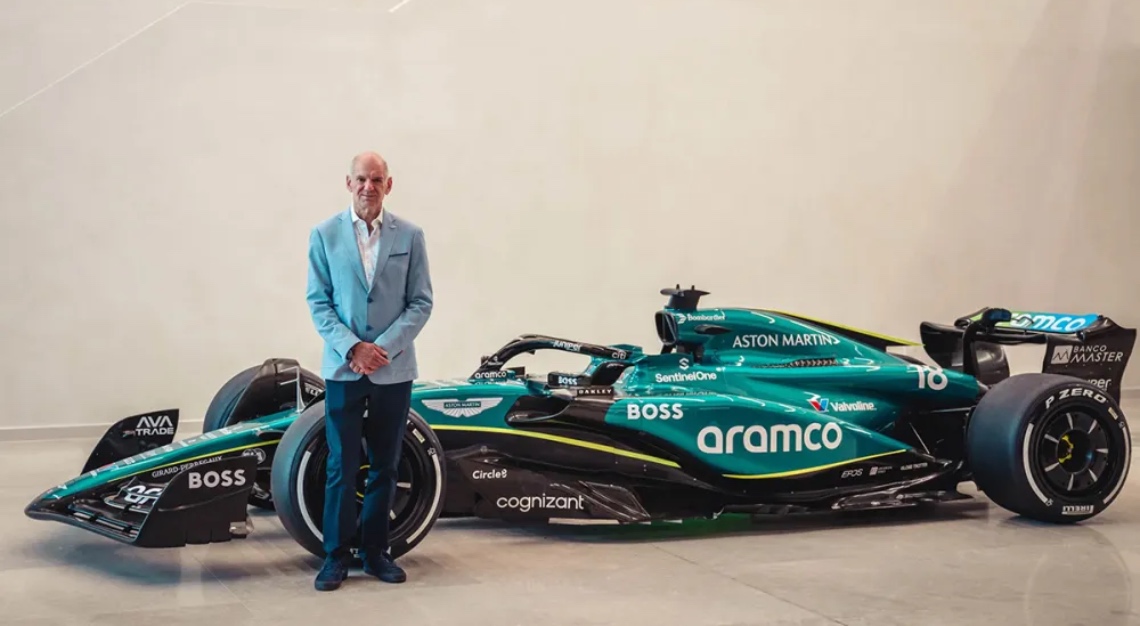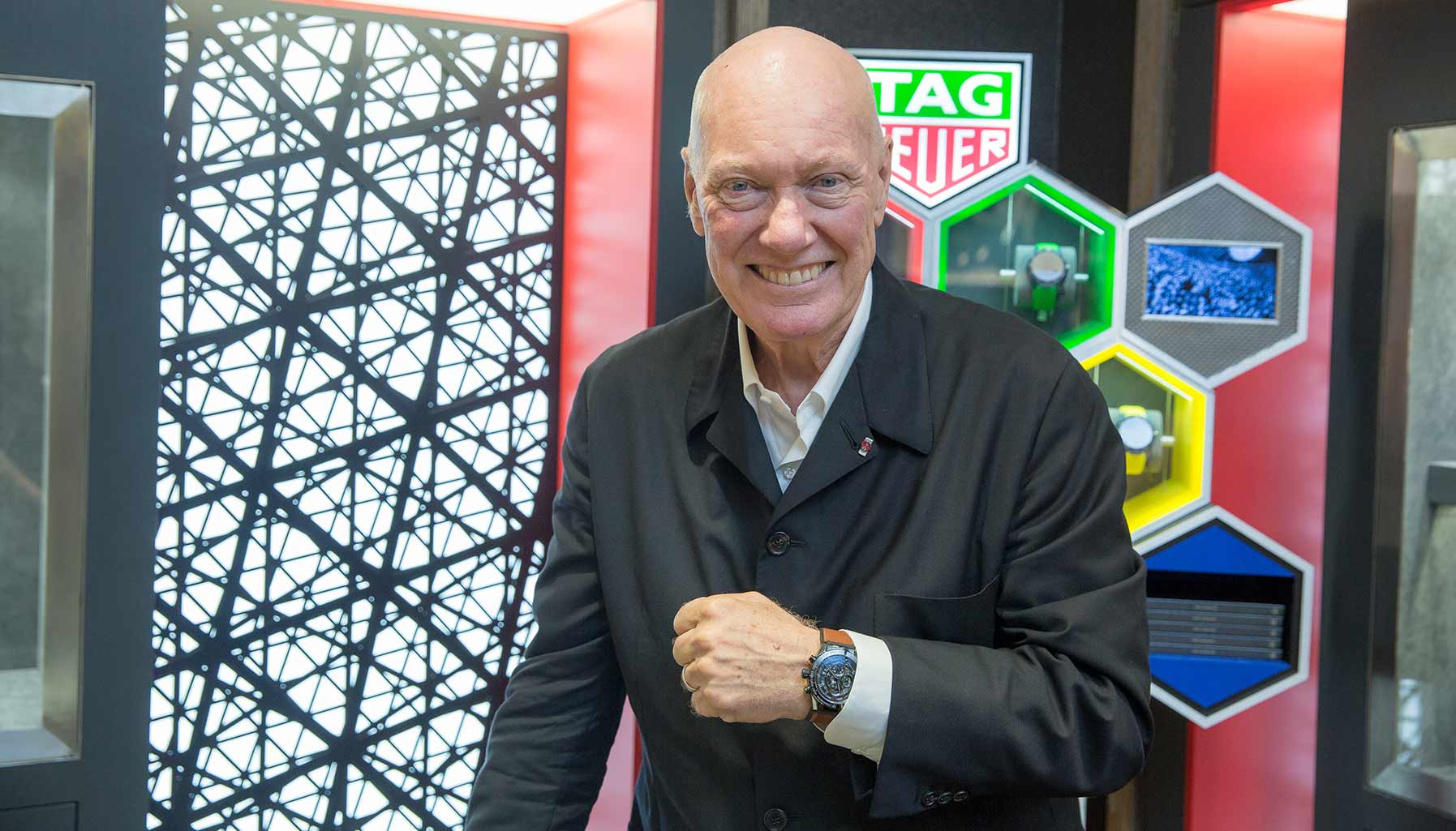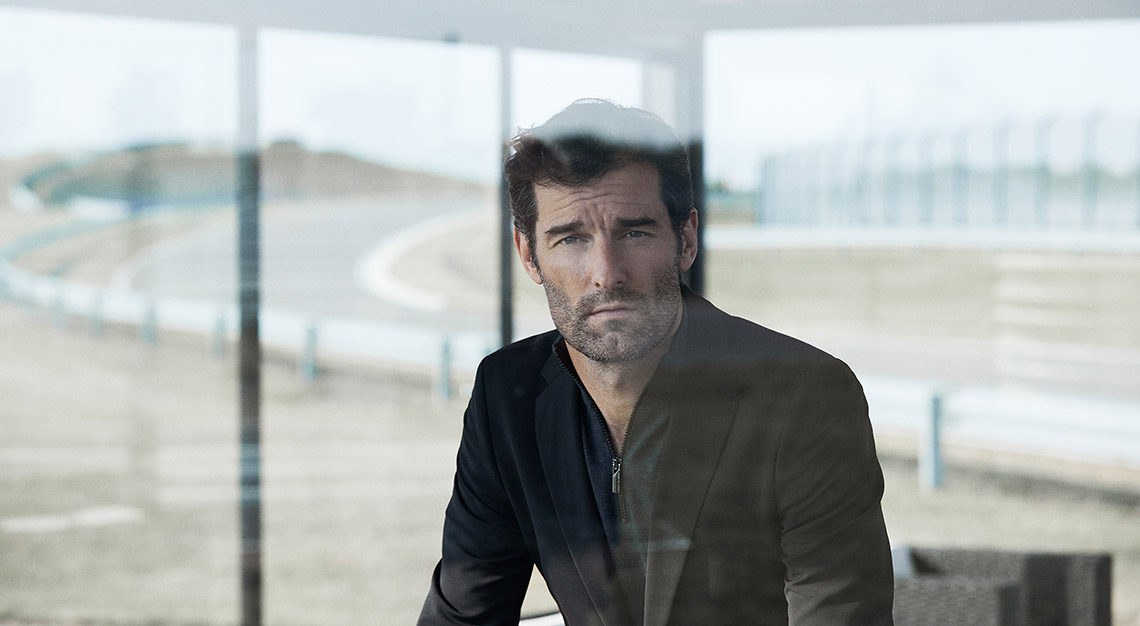Formula 1 has evolved. Once among the deadliest pursuits in sport, it is now one of the safest—and most spectacular—displays of engineering brilliance and human resilience
Most devoted Formula 1 fans experience the thrill of the race from the comfort of home. With sweeping camera angles capturing every overtaking manoeuvre and hyper-slow-motion replays dissecting every dramatic moment, the sport’s inherent danger can, at times, feel almost abstract. We marvel at the precision, the strategy, the sheer speed—but in truth, we will never fully grasp what it means to sit inside the cockpit.
Consider, for instance, the cockpit of Romain Grosjean on the night of 29 November 2020 at the Bahrain Grand Prix. One moment, he is accelerating down the straight at nearly 200 km/h. The next, contact with another car sends him spearing off course into the barriers. Everything blurs—a deafening crunch as the car splits in two, followed by an eruption of flame that engulfs the cockpit in a hellish storm of heat and smoke. In an instant, the world narrows to a haze of orange and black.
“It was a huge shock; fire is something we have not seen in F1 for a very long time. With the fuel tank being so well protected, my first question was what could have caused the fire,” recalled Ross Brawn, then managing director of Formula 1, in another interview. “It wasn’t until I saw the severity of the accident that I understood why the fuel had escaped.”
For viewers, it was a moment of horror. For Grosjean, it was 28 seconds of fighting for his life. And yet, he survived—thanks to decades of tireless innovation in motorsport safety.
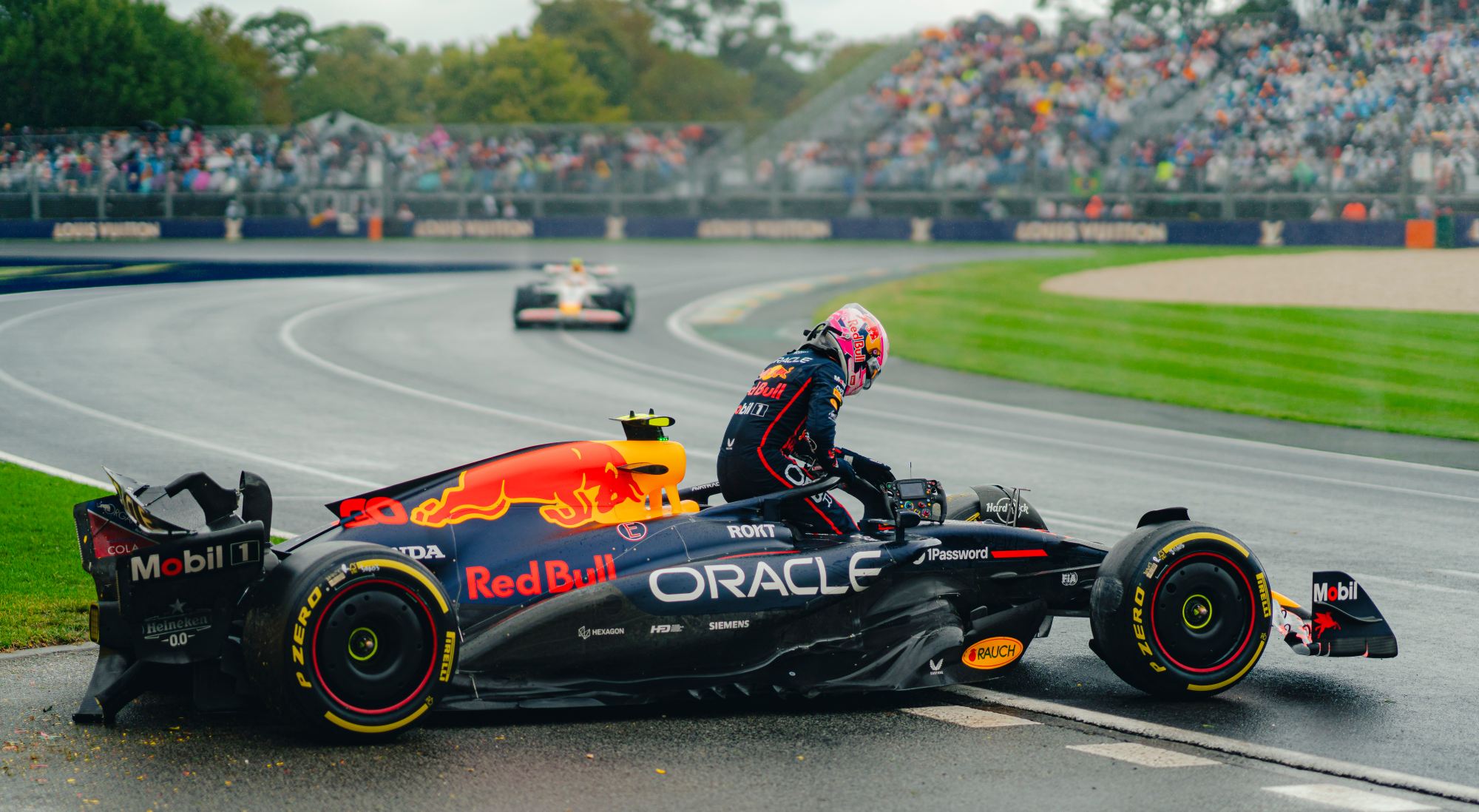
Safe manoeuvres
Once, death was an accepted consequence of Formula 1. The 1960s and 1970s were particularly harrowing—between 1950 and 1980, nearly 30 drivers lost their lives on track. Icons such as Jim Clark, Jochen Rindt, and Gilles Villeneuve perished in pursuit of glory. Even Ayrton Senna—regarded by many as the greatest driver of all time—died at the 1994 San Marino Grand Prix, a tragedy that became a catalyst for sweeping safety reforms.
Today, the statistics tell a different story. In the past two decades, fatalities in Formula 1 have become anomalies. Jules Bianchi’s crash in 2014 remains the sport’s only fatality in modern times. Crashes still occur, but their consequences are, more often than not, far less severe.
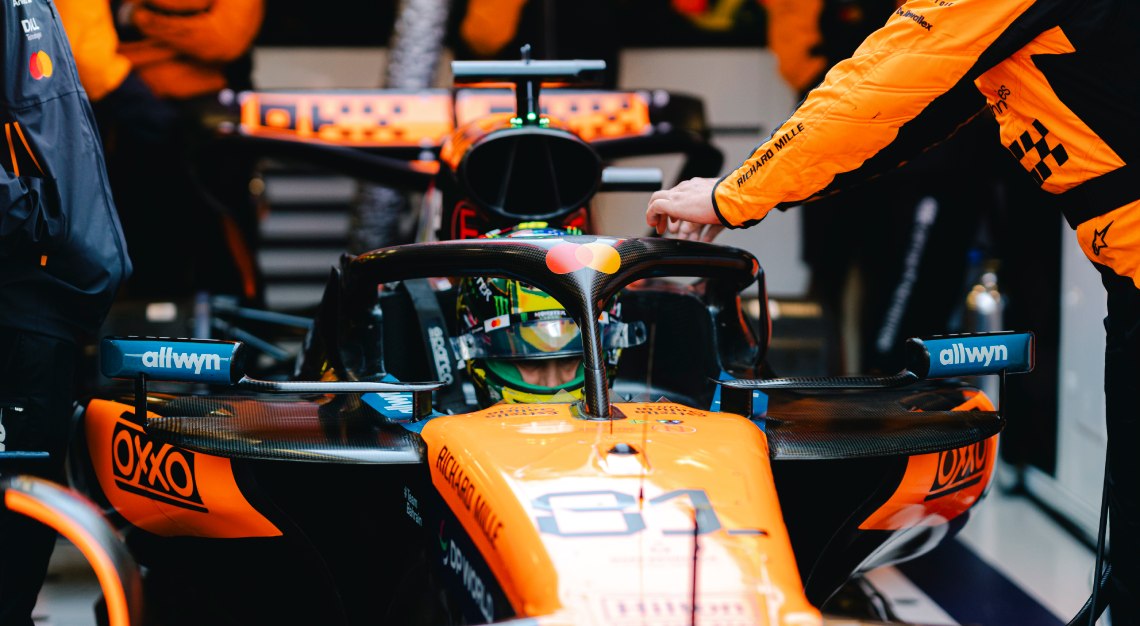
This transformation is no accident. The FIA’s relentless commitment to safety has led to a suite of innovations that have saved countless lives. The halo—arguably the most divisive safety feature in recent memory—proved its worth, shielding Lewis Hamilton at Monza in 2021 and, most dramatically, sparing Grosjean from direct impact with the barriers in Bahrain.
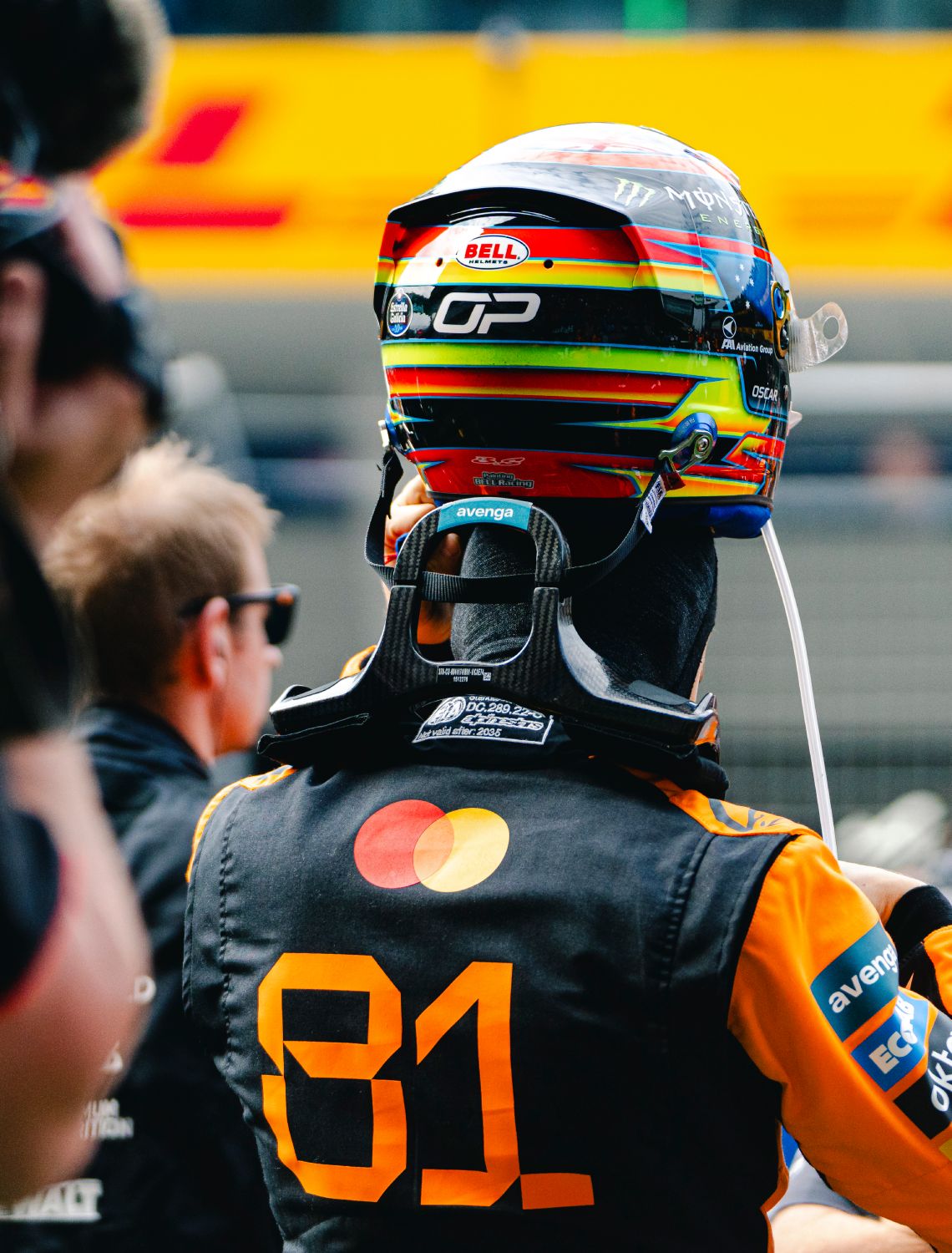
Advanced crash structures, next-generation helmets, and the HANS (Head and Neck Support) device have all contributed significantly to minimising life-threatening injuries. Even circuit design has evolved, with wider run-off areas and energy-absorbing barriers replacing the unforgiving walls of the past.
The results are evident in moments that, decades ago, would have ended very differently. In 2007, Robert Kubica’s high-speed crash in Canada left him with only minor injuries. Fernando Alonso’s airborne incident in Australia in 2016, and Hamilton’s near-miss at Monza, further exemplify how far the sport has come.
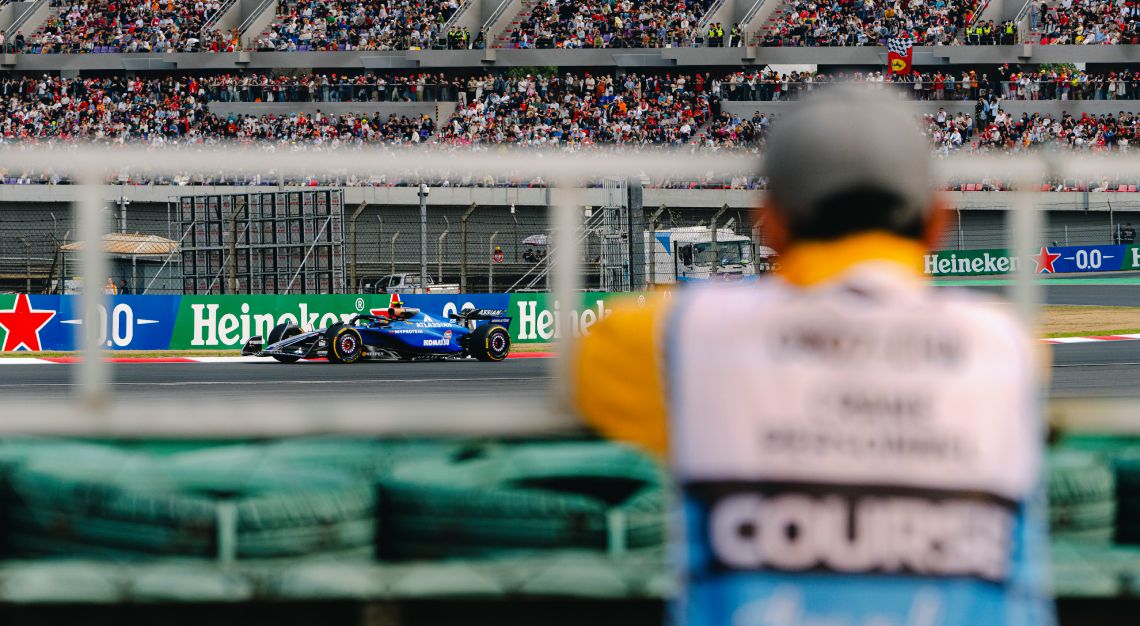
Yet, Formula 1 remains a sport built on pushing boundaries. It is this delicate equilibrium—between the pursuit of speed and the responsibility of safety—that defines its modern era. While the risk can never be eliminated entirely, the progress made over the past decades ensures that escapes like Grosjean’s are not just miraculous, but emblematic of how far the sport has come. If history is any guide, the next era of Formula 1 will continue to redefine what it means to survive the speed.
This story first appeared in the May 2025 issue. Purchase it as a print or digital copy, or consider subscribing to us here
